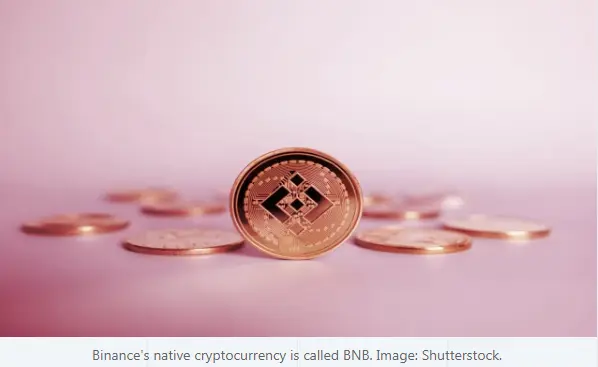
The European Union is set to be the first major jurisdiction in the world to agree how to regulate the digital asset sector, via its Markets in Crypto Assets regulation (MiCA). Under the recently agreed text, providers of crypto services – which means anything from trading to custody to fiat exchanges – will need a license and be monitored by a financial regulator from one of the EU’s member states (Germany’s BaFin, say). Issuers of stablecoins – crypto assets which claim to maintain their value against assets such as the euro – will be subject to a bunch of other rules to ensure they keep their promise; regulators want them to hold reserves to avoid another Terra-style debacle. Broadly, the rules get tougher for stablecoins that are more widely used, and for those tied to foreign fiat; EU governments are worried about their own currencies losing influence. Issuers’ white papers also need to be fair, clear and honest – a legacy of the time when initial coin offerings were all the rage, and often turned out to be scams. All that’s easier said than done. Just to apply for a license you already need to be an EU-based legal entity, such as a company or formal partnership – which already rules out many decentralized governance models. (Witness Binance, which for a long time declined to say where its headquarters is located, or even that it had one). In return for jumping through those hoops, crypto companies can serve the entire bloc, which numbers some 450 million people. Perhaps more importantly, even if imperfect, the rules should be clear, mitigating the risk of capricious or unpredictable enforcement seen in the U.S. and elsewhere. Broadly, the industry has welcomed the new law, despite concerns that a cap on the use of dollar stablecoins could inhibit trading. EU lawmakers such as Ondřej Kovařík may have buyers’ remorse, but political haggling on the law is now over. After a couple more bits of rubber stamping, it could be etched into the statute book early next year. The rules will apply between 12 and 18 months later, with the stablecoin measures coming in first. Between now and then, the EU agencies responsible for banking and securities markets will need to set out everything from the design of forms and qualifications for executives, to how crypto firms should measure energy footprints and manage customer complaints. The industry, aware that the devil is in the details, is watching eagerly. “I think a lot of MiCA's practical success honestly depends on those technical standards,” Circle’s Patrick Hansen told an Oct. 25 conference in Brussels. Expect a bunch of consultations from EU agencies like the EBA and ESMA to appear around fall 2023. Plus national authorities will need to set out exactly how their procedures will work, including places such as France which already have some form of crypto license. MiCA matters because it could end up being a template for the world – just as the EU’s ambitious rules in, say, data protection influenced others looking to safeguard privacy online. “I think there's a reasonable expectation that MiCA will influence rulemaking across the world… it will probably bring efficiencies to a lot of global companies like ours,” Binance’s Director of EU Affairs Hugo Coelho told the same conference [Oct 25]. Sometimes countries copy each others’ homework, and it’s not always a bad thing. The risk of getting overtaken by the EU was certainly noted by lawmakers in the U.K. – formerly a member of the bloc, and now its rival – as they rushed through their own stablecoin plans last week. Despite its ambition, MiCA leaves a lot out: It doesn’t fully cover decentralized finance, non-fungible tokens or crypto lending. Expect a further report on those issues in 2025, and maybe another bill, too. Jack Schickler is a CoinDesk reporter. https://www.coindesk.com/policy/2022/11/02/analyzing-whats-next-for-europes-markets-in-crypto-assets-law/




